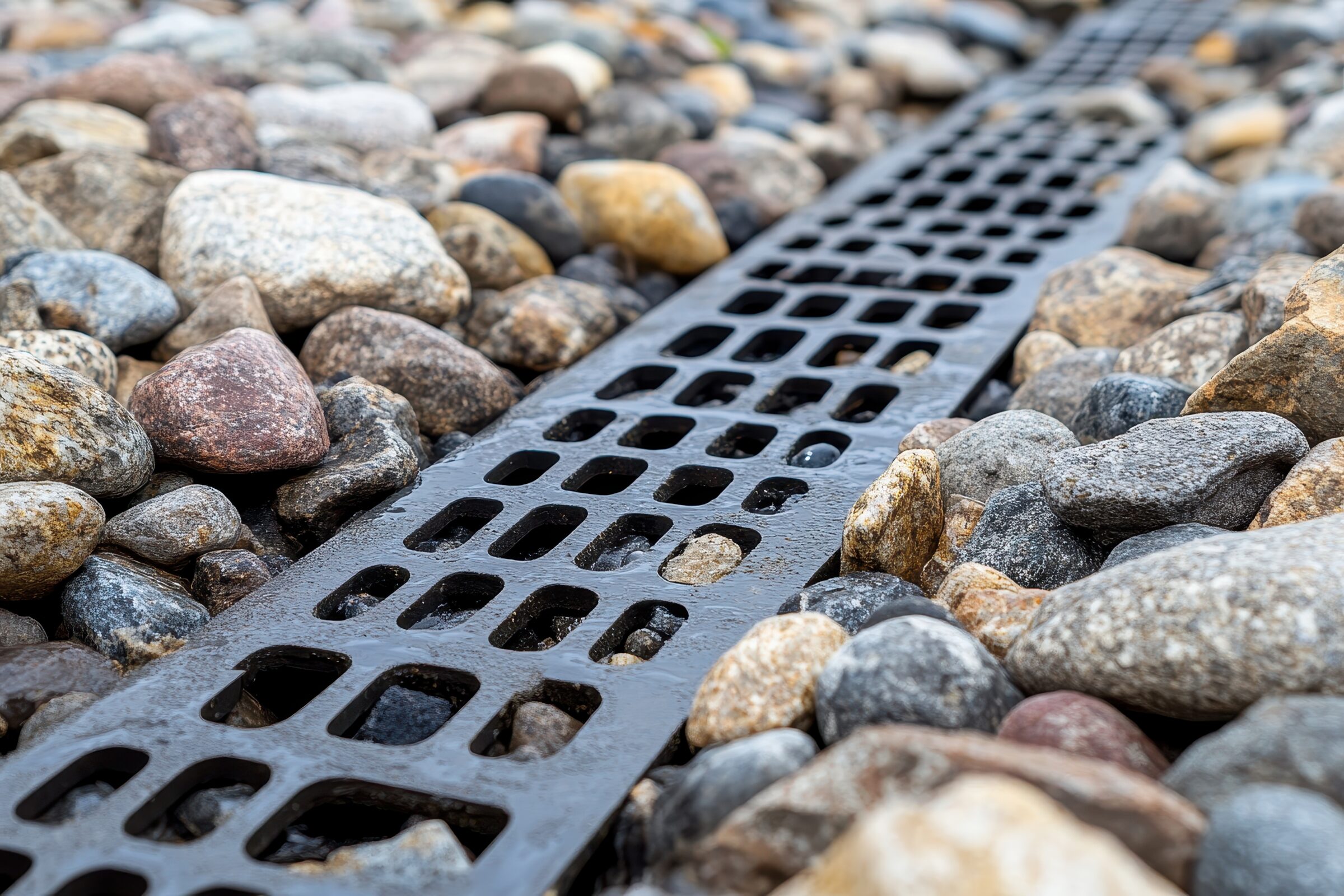How to Use Gravel to Create a Drainage System for Your Driveway
August 4, 2025

Driveways need to withstand significant use, especially considering the strain placed on them from the elements. Water needs to be displaced, and without the right channeling in place, it finds paths of least resistance, often through the surface material itself. That’s where gravel proves valuable. It adjusts the aesthetic and heightens traction, as an integral part of a functional drainage system that protects what’s underneath and in proximity to the driveway.
Start with the Slope
Gravel works in coordination with the grade. The surface should direct water away from structures and into areas designed to handle flow. Even a gentle slope can carry water with control. The layout sets the course, and gravity does the rest.
With direction established, trenches can be placed along the edges or through lower sections of the drive. Filled with gravel, they manage runoff discreetly, supporting the structure beneath while keeping the surface clean and consistent.
Trenching That Moves Water
Trench size is less important than placement and depth. A cut between 8 and 12 inches deep creates enough space for layered stone and, when needed, a perforated pipe. In higher-volume areas or finer soils, the pipe adds another layer of reliability, but the gravel bed does most of the work.
Start with landscape fabric. This creates a barrier between the gravel and the soil, keeping the drainage path clear over time. A base layer of crushed stone follows, which needs to be angular and coarse enough to stay in place while still allowing water to pass through.
If a pipe is part of the layout, it should rest evenly, perforations pointing down, wrapped to resist clogging, and fully surrounded by gravel. The trench is finished just below the surface line and topped with a finer layer, keeping the profile clean and consistent with the rest of the design.
Choosing Gravel That Works
Crushed stone is one of the premier standards for drainage. It’s irregular in shape, which helps it interlock and hold its form under heavier load. A mid-size option like #57 gravel balances void space and stability, making it a common choice for both base layers and fill.
For exposed surfaces, smaller gravel can be added for a finished look. If design matters as much as function, consider a decorative top layer over the main drainage bed, but keep the structural material beneath.
The size of the gravel, while important, isn’t as consequential as how it’s layered. A well-built system uses multiple grades to filter and direct water, from coarse base to refined surface.
Making the System Last
Gravel drainage systems don’t demand much after installation, but they still need attention. Occasional attention to redistributing stone, clear debris, and reestablishing clean lines, is often enough to keep everything performing as intended.
Because gravel is adaptable, minor shifts are easy to manage. When sections settle or surface layers loosen, fresh material blends in without disrupting the design. Water continues to move where it should, and the system retains its framework. It stays reliable, consistent, and aligned with the original grade. No major overhauls should be necessary. Just the right stewardship that extends the value of the installation.
Gravel supports the layout, strengthens the surface, and moves water with purpose, all while maintaining a clean, natural finish. With a clear plan and steady upkeep, it delivers consistent performance and elevates the function of the driveway in every season.

